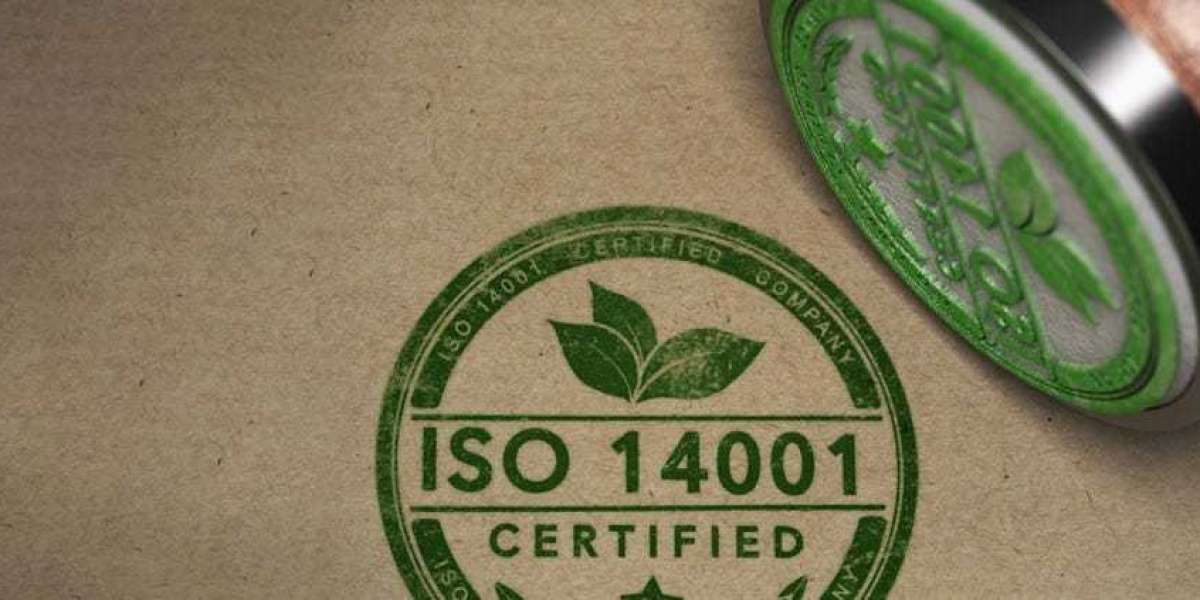In today's increasingly environmentally conscious world, businesses are striving to enhance their sustainability practices. One of the key tools in this endeavor is ISO 14001 Certification. This internationally recognized standard provides a structured framework for managing environmental responsibilities. A pivotal component of ISO 14001 Certification is the Life Cycle Perspective, which emphasizes the importance of considering environmental impacts throughout the entire life cycle of a product or service.
ISO 14001 Certification is designed to help organizations develop a comprehensive Environmental Management System (EMS). By integrating the Life Cycle Perspective, companies can better understand and mitigate the environmental impacts associated with their activities, products, and services. This approach aligns with ISO 14001:2015, which underscores the necessity of evaluating the environmental effects across all stages of a product's life—from raw material extraction to disposal.
Understanding the Life Cycle Perspective
What is the Life Cycle Perspective?
The Life Cycle Perspective in ISO 14001 involves assessing the environmental impacts of a product or service from cradle to grave. This includes:
- Raw Material Extraction: Evaluating the environmental impact of obtaining raw materials.
- Production: Assessing the impact of manufacturing processes.
- Usage: Considering the environmental effects during the product's use.
- End-of-Life: Understanding the impacts associated with disposal, recycling, or reuse.
Incorporating the Life Cycle Perspective allows organizations to identify opportunities for improvement at each stage of the product life cycle. This approach is crucial for reducing overall environmental impacts and enhancing sustainability.
The Evolution of ISO 14001:2015
ISO 14001:2015 introduced several key changes to the standard, including a stronger emphasis on the Life Cycle Perspective. This revision reflects a growing recognition of the need to consider environmental impacts throughout the entire product life cycle. The updated standard encourages organizations to:
- Adopt a holistic approach: Assess the full life cycle impacts of their products and services.
- Engage stakeholders: Involve relevant parties in identifying and managing environmental impacts.
- Continuously improve: Implement measures to reduce environmental impacts based on life cycle assessments.
To fully grasp these changes, iso 14001 2015 training can provide valuable insights into the revised requirements and best practices for applying the Life Cycle Perspective.
Benefits of Implementing the Life Cycle Perspective
Enhanced Environmental Performance
By applying the Life Cycle Perspective, organizations can achieve significant improvements in their environmental performance. This approach helps in:
- Identifying key impact areas: Understanding which stages of the product life cycle have the greatest environmental impact.
- Implementing targeted improvements: Developing strategies to address specific environmental challenges at each stage.
- Reducing waste and emissions: Minimizing environmental impacts through more efficient resource use and waste management.
Increased Competitive Advantage
ISO 14001 Certification with a strong focus on the Life Cycle Perspective can also provide a competitive edge. Organizations that effectively manage their environmental impacts can:
- Enhance their reputation: Demonstrate commitment to sustainability and attract environmentally conscious customers.
- Comply with regulations: Meet increasingly stringent environmental regulations and standards.
- Improve operational efficiency: Optimize resource use and reduce costs associated with waste and emissions.
Better Risk Management
The Life Cycle Perspective helps organizations anticipate and mitigate potential environmental risks. By considering the full life cycle of their products, companies can:
- Identify potential hazards: Recognize environmental risks associated with raw materials, production processes, and end-of-life disposal.
- Develop contingency plans: Prepare for and manage potential environmental issues more effectively.
- Improve resilience: Build a more robust EMS that can adapt to changing environmental conditions and regulations.
Implementing the Life Cycle Perspective in ISO 14001
Step-by-Step Approach
Implementing the Life Cycle Perspective involves a systematic approach. Here are key steps to consider:
- Conduct a Life Cycle Assessment (LCA): Evaluate the environmental impacts of your products or services from raw material extraction to disposal. This assessment helps identify key impact areas and opportunities for improvement.
- Integrate findings into your EMS: Use the results of the LCA to inform your Environmental Management System. Incorporate life cycle considerations into your environmental policies, objectives, and processes.
- Engage stakeholders: Collaborate with suppliers, customers, and other stakeholders to address environmental impacts. Engage them in the life cycle assessment process and seek their input on improvement strategies.
- Implement improvement measures: Develop and implement strategies to reduce environmental impacts based on the findings of your LCA. Focus on key areas where you can achieve significant improvements.
- Monitor and review: Regularly monitor the effectiveness of your improvement measures and review your EMS to ensure continuous improvement. Use performance data and feedback to make necessary adjustments.
Role of iso 14001 2015 training
To effectively implement the Life Cycle Perspective, iso 14001 2015 training is essential. This training provides:
- Understanding of revised requirements: Learn about the updates in ISO 14001:2015 and their implications for the Life Cycle Perspective.
- Practical skills: Gain practical skills in conducting life cycle assessments and integrating findings into your EMS.
- Best practices: Discover best practices for managing environmental impacts across the entire product life cycle.
Investing in iso 14001 2015 training ensures that your team is equipped with the knowledge and skills needed to apply the Life Cycle Perspective effectively.
Challenges and Solutions
Common Challenges
Implementing the Life Cycle Perspective can present several challenges:
- Complexity of life cycle assessments: Conducting comprehensive life cycle assessments can be complex and resource-intensive.
- Data availability: Obtaining accurate data for all stages of the product life cycle may be challenging.
- Stakeholder engagement: Engaging all relevant stakeholders and integrating their input into your EMS can be difficult.
Solutions and Best Practices
To overcome these challenges, consider the following solutions:
- Leverage technology: Use advanced tools and software to streamline life cycle assessments and data collection.
- Collaborate with experts: Work with consultants or experts in environmental management and life cycle assessment to guide you through the process.
- Foster stakeholder relationships: Build strong relationships with suppliers, customers, and other stakeholders to facilitate collaboration and information sharing.
Case Studies and Examples
Successful Implementation
Many organizations have successfully implemented the Life Cycle Perspective in their ISO 14001 Certification. Here are a few examples:
- Company A: Implemented a life cycle assessment to reduce packaging waste and improve recycling processes. As a result, they achieved significant reductions in waste and enhanced their sustainability profile.
- Company B: Focused on energy efficiency throughout the production process. By considering the full life cycle, they identified opportunities for energy savings and reduced their overall carbon footprint.
Lessons Learned
These case studies highlight the importance of a comprehensive approach to environmental management in ISO 14001 2015 training. Key lessons include:
- The value of thorough assessments: Detailed life cycle assessments can reveal critical insights and opportunities for improvement.
- The impact of stakeholder engagement: Involving stakeholders in the process can lead to more effective solutions and greater buy-in.
Conclusion
The Life Cycle Perspective is a crucial aspect of ISO 14001 Certification, offering a comprehensive approach to managing environmental impacts. By considering the entire life cycle of products and services, organizations can achieve significant environmental improvements, enhance their competitive advantage, and better manage risks.
Investing in iso 14001 2015 training can provide valuable knowledge and skills for effectively applying the Life Cycle Perspective. This training equips organizations with the tools needed to conduct life cycle assessments, integrate findings into their EMS, and drive continuous improvement.
Embracing the Life Cycle Perspective in ISO 14001 Certification is not just about meeting standards; it's about committing to sustainability and making a positive impact on the environment. Through diligent assessment and proactive management, organizations can lead the way in environmental stewardship and build a more sustainable future.







